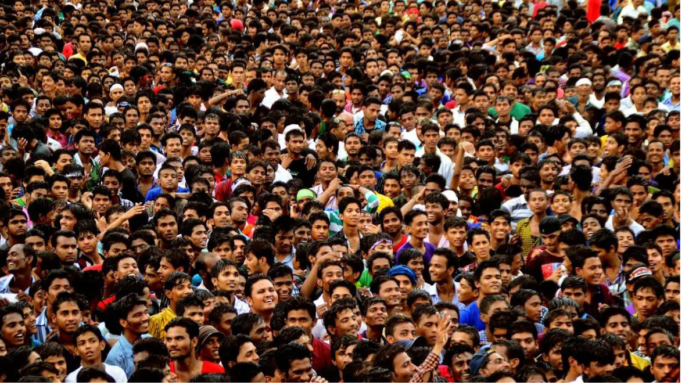Thee central government led by Prime Minister Narendra Modi seems to have realized that the already-delayed exercise of population census cannot be pushed back any further.
According to reports, the union government has decided to start the process in September.
This decennial exercise, which should have been done in 2021, was postponed in view the Covid-19 pandemic.
Experts are also of the opinion that the population census, which was delayed in view of the covid-19, must to be undertaken as early as possible as it would help the country in more than one ways.
The news report, which quoted government officials directly involved in the process, said that the survey will take around 18 months and the results would be released by March 2026.
Modi has been facing criticism for continued delay in the census.
Economists and policymakers have been arguing that the delay has already compromised the accuracy and relevance of various statistical surveys, including those related to economic data, inflation, and employment estimates.
Currently, most of these data sets rely on the outdated 2011 census, rendering many government schemes and policies less effective.
The Ministry of Home Affairs and the Ministry of Statistics and Programme Implementation have been working on a detailed timeline for the census, as per the report.
The reports say once the proposal is approved by the PMO, the much-awaited exercise would start.
Despite the urgency of this exercise, the Union government has reduced this year’s budget for the 2021 Census.
A United Nations report, released last year, said India overtook China as the world’s most populous nation last year.
The union government is also trying to overhaul its economic data including retail inflation.
The census also sheds light on regional disparities and tracks development progress, making it vital for effective governance and equitable growth.
Also Read: Terrorism resurgence needs new strategy
According to the 2011 Census of India, the total population of the country was 1.21 billion or 121.1 crore, with males constituting 51.5 percent and the females 48 percent.
Uttar Pradesh, with a population of 199.5 million (19.95 crore), was the most populous state, followed by Maharashtra with 112 million (11.2 crore). Sikkim, with a population of 610,577 (6.11 lakh), was the least populous state.
Bihar had the highest population density, while Arunachal Pradesh had the lowest. Lakshadweep had the smallest population among union territories. Kerala had the highest sex ratio and literacy rate, whereas Haryana had the lowest sex ratio and Bihar had the lowest literacy rate.



